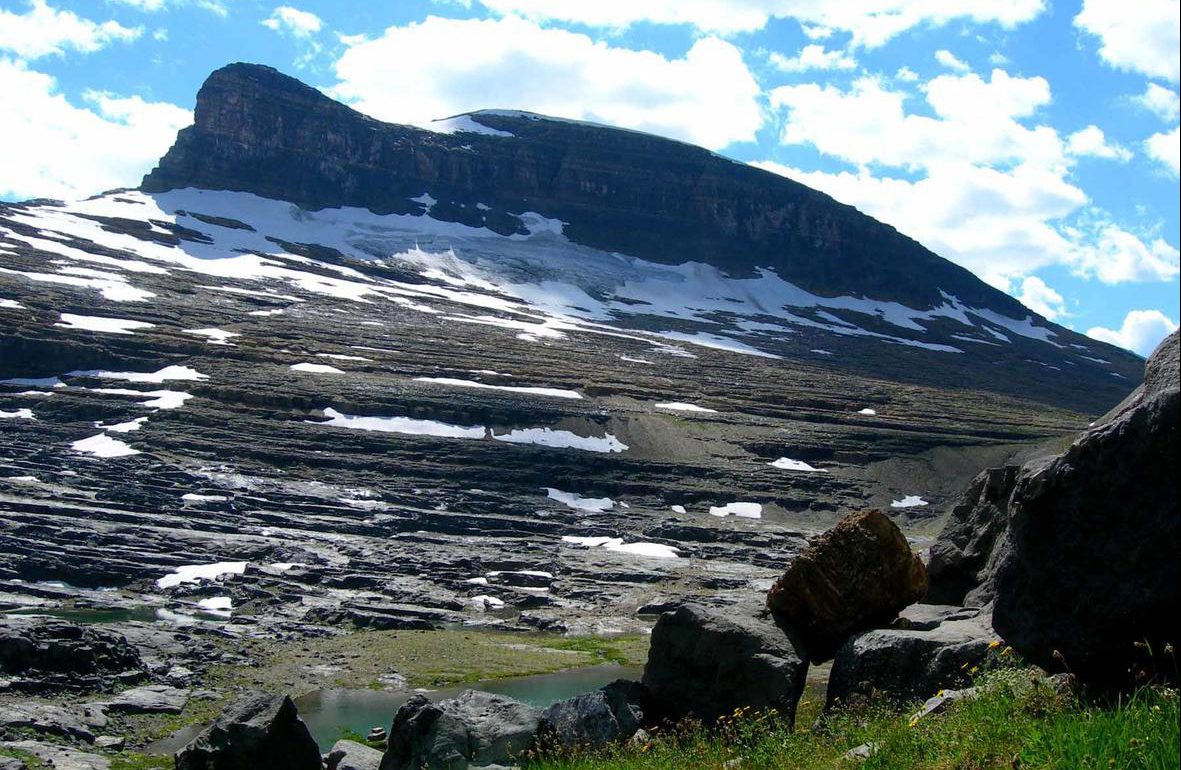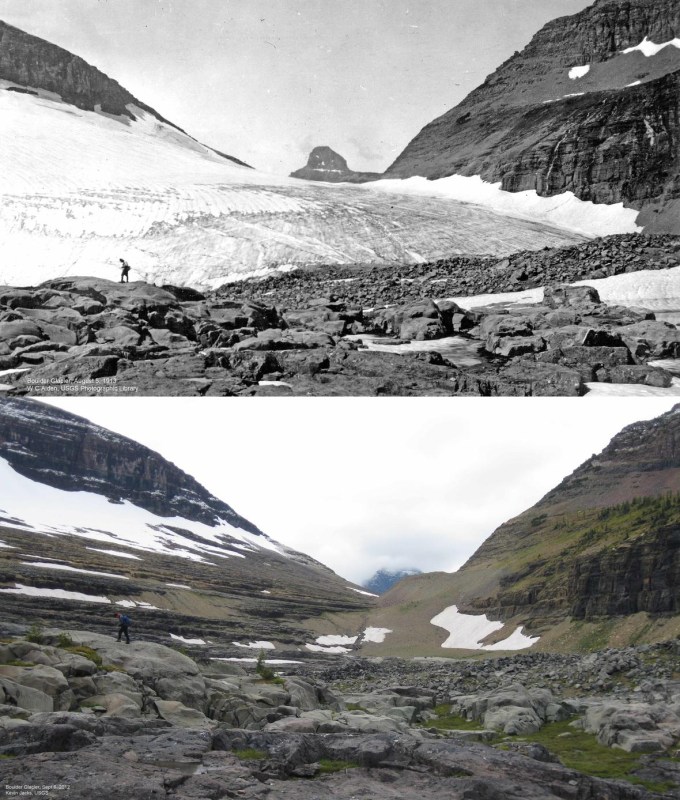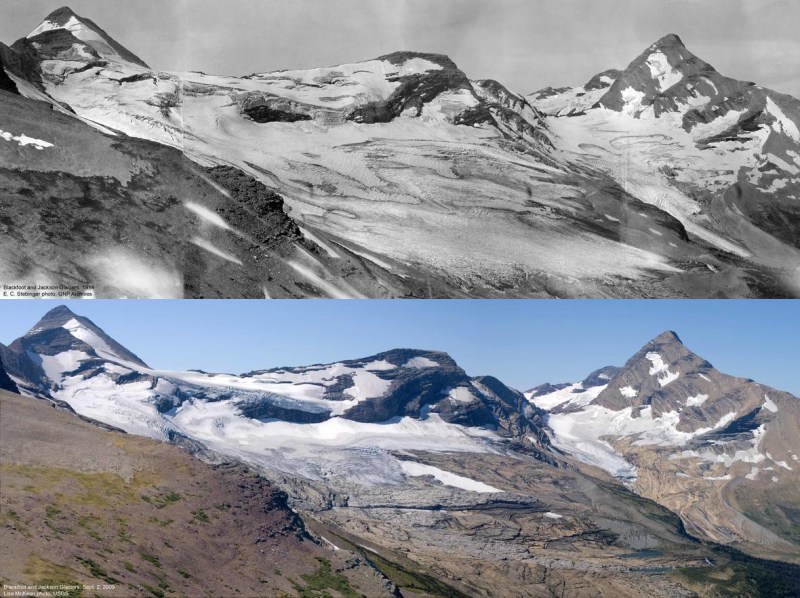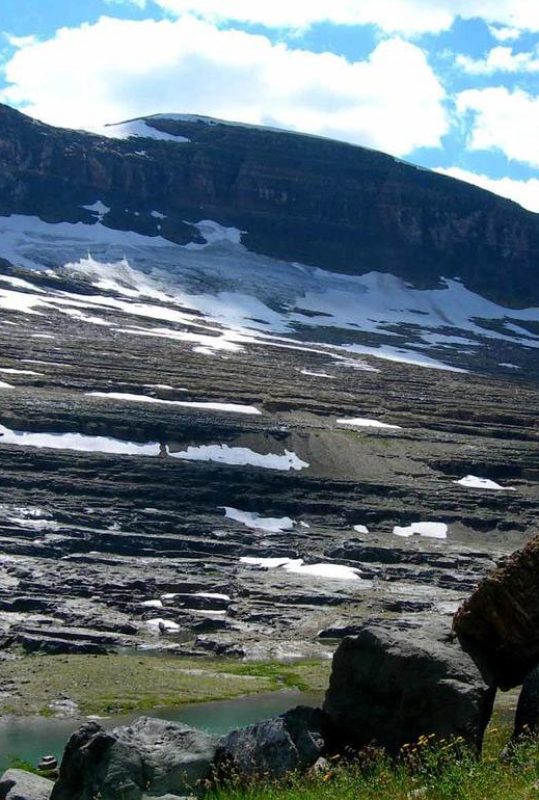A crown jewel of North America outdoor spaces, Glacier National Park, is rapidly melting.
Today, there are only 26 glaciers in Glacier National Park. When it was designated a national park in 1910 by President Taft, there were 150.
Some are even debating as to whether the remaining ice fields are large enough to be given such a designation. (An ice mass must be larger than 25 acres to be considered a glacier.)
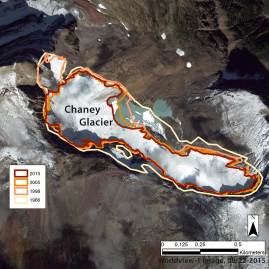
A report from the US Geological Survey released Wednesday said 39 glaciers in the state of Montana have been “dramatically reduced,” some as much 85 percent, since 1966. The report blames the warming climate.
On the whole, the melting has shrunk glaciers by an average of 39 percent.
“Things that usually happen in geologic time are happening in human time, faster than anyone ever imagined,”research ecologist with the U.S. Geological Survey Dan Fagre told Yahoo News. “We are now on the brink of having a glacierless Glacier National Park.”
Portland State geologist Andrew G. Fountain, who worked on the USGS research, said that even though Montana’s shrinkage is more severe than other parts of the country, it fits in line with a global trend that climate scientists have been documenting for decades.
This article appeared in an InsideHook newsletter. Sign up for free to get more on travel, wellness, style, drinking, and culture.
